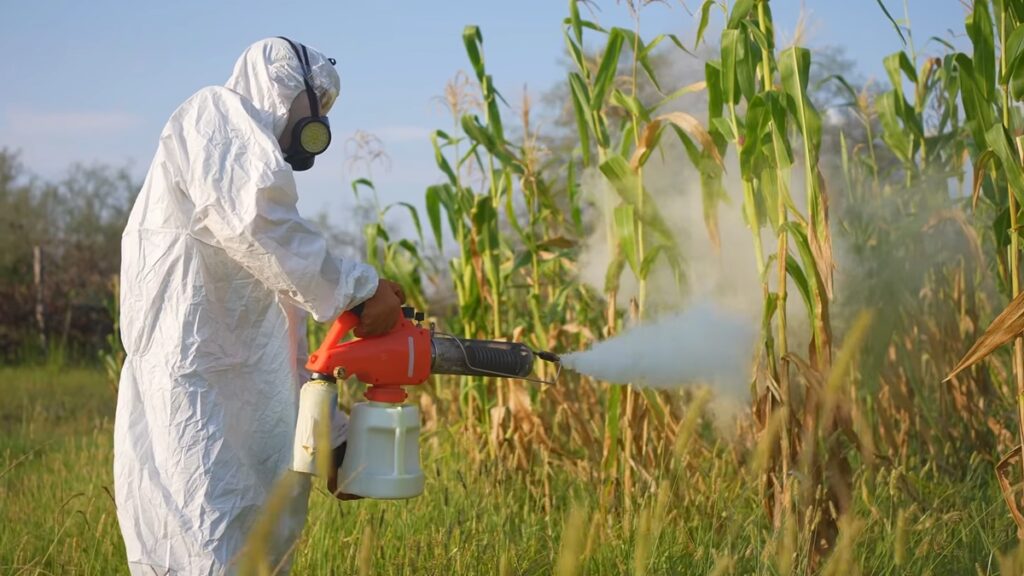
In 2024, Andalucia experienced a major resurgence of West Nile Fever (WNF), marking one of the region’s most serious outbreaks since the virus was first detected locally. Transmitted by mosquitoes, the disease has prompted heightened concern in communities near wetlands and rivers, where conditions favor the spread of the virus.
By November, Andalucia had confirmed 104 human cases of West Nile Fever, including 11 deaths—making up the majority of Spain’s national total of 117 cases. Most of the fatalities occurred in the province of Seville, the hardest-hit area during this outbreak.
The highest concentrations of infections were found in municipalities bordering the Guadalquivir River. Coria del Río, Dos Hermanas, La Puebla del Río, and Los Palacios reported particularly high case numbers. Other provinces—including Huelva, Cádiz, Córdoba, Jaén, and Málaga—also recorded cases, though at a lower rate. In Málaga, the coastal locality of San Luis de Sabinillas has been identified as an area of ongoing concern.
One of the most alarming developments was the early appearance of infected mosquitoes – almost five weeks ahead of the expected seasonal timeline. Experts attribute this to shifting climate patterns, with milder winters and increased rainfall contributing to prolonged mosquito activity. Migratory birds, which carry the virus over long distances, further enable its spread. In some areas, inconsistent vector control efforts have also played a role.
To address the West Nile Fever crisis, the Junta de Andalucía expanded its vector control program. Municipal Vector Surveillance and Control Plans (PMVCV) have been rolled out in priority zones, combining larvicidal treatments with environmental management to eliminate mosquito breeding sites, particularly areas with standing water.
Health authorities have also reinforced diagnostic capacity. A second reference lab was set up at Hospital Virgen del Rocío in Seville, and PCR testing has been made available in emergency services throughout the surveillance network. This infrastructure supports quicker case identification and more effective public health responses.
Public awareness campaigns form another key part of the regional strategy. Residents are being encouraged to take protective steps—such as using insect repellents, covering exposed skin, and removing stagnant water near their homes. These messages are being circulated through health centers, pharmacies, and community outreach programs.
With warmer months ahead and mosquito activity expected to rise, officials are urging the public to remain vigilant. Both individual precautions and coordinated action will be critical to preventing a repeat of the 2024 outbreak.








